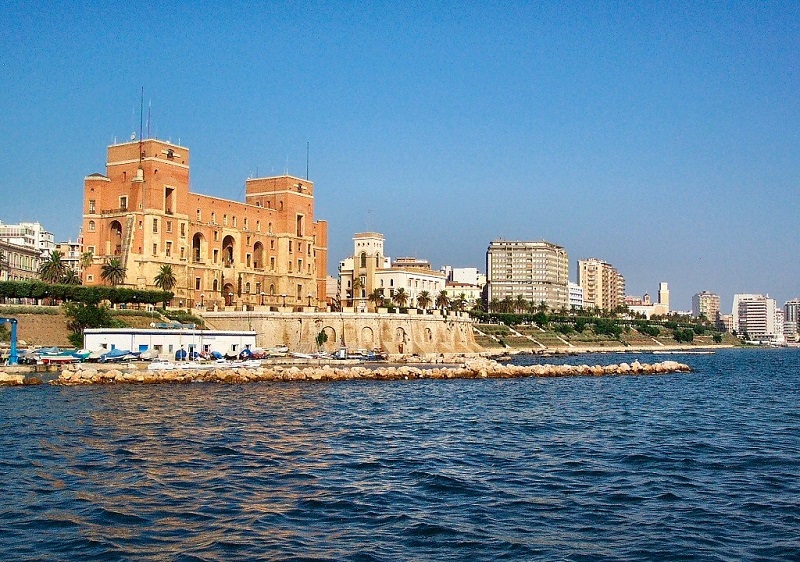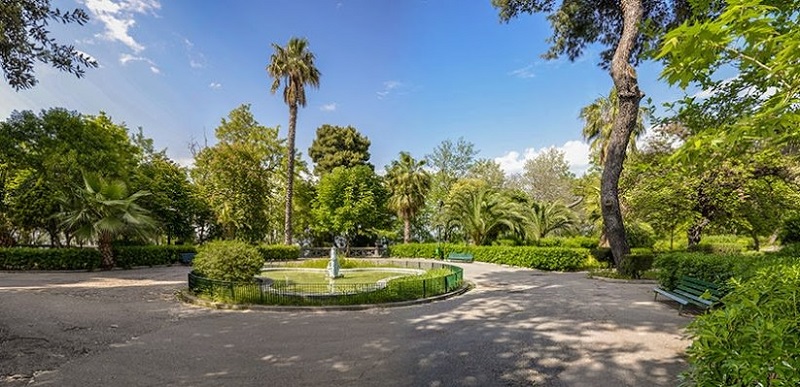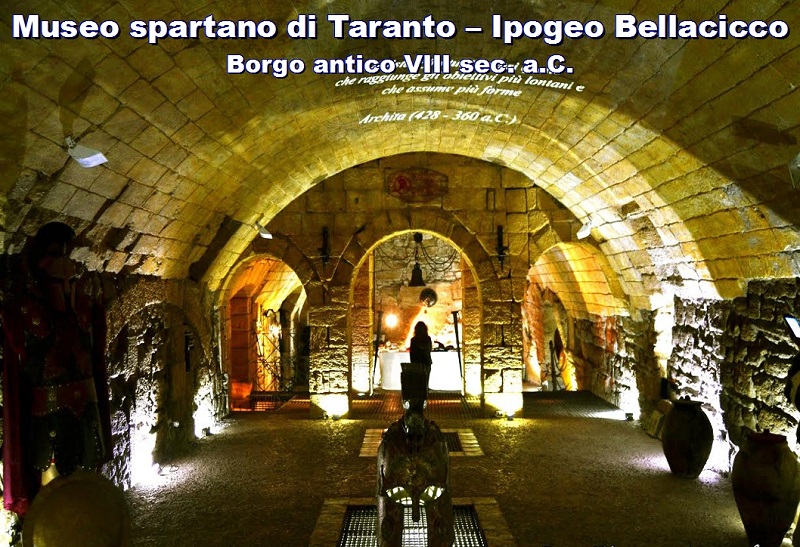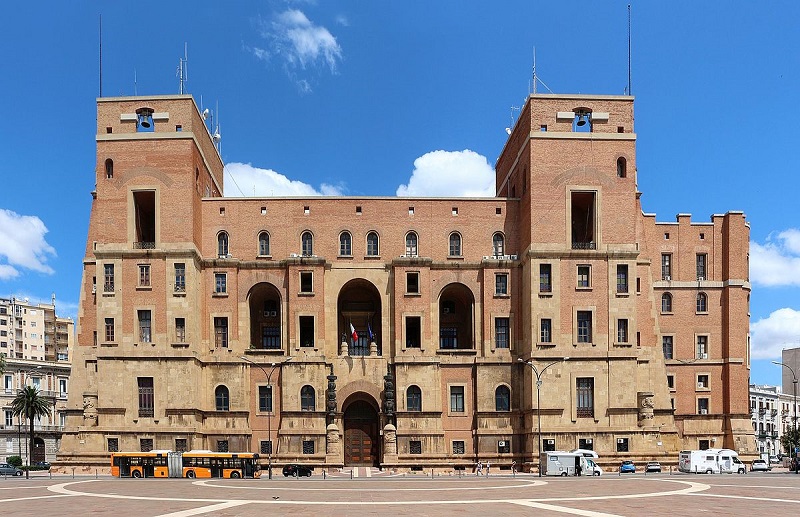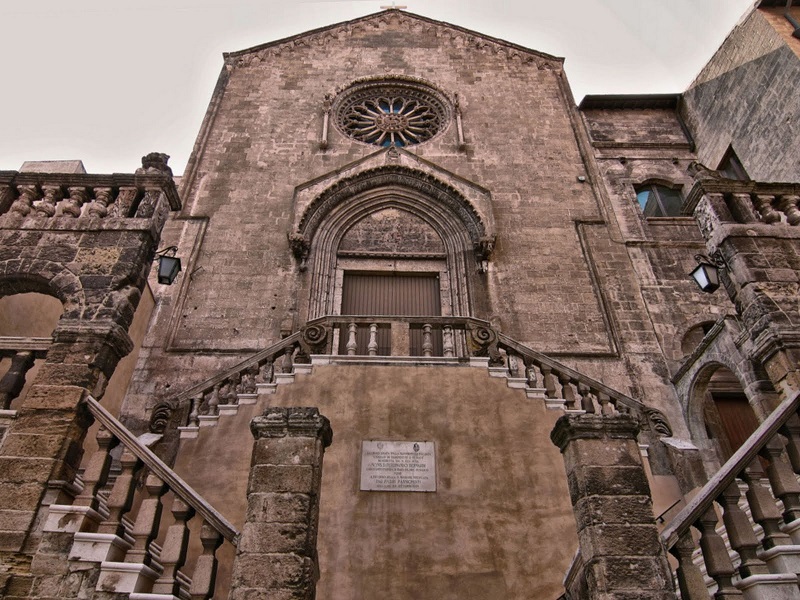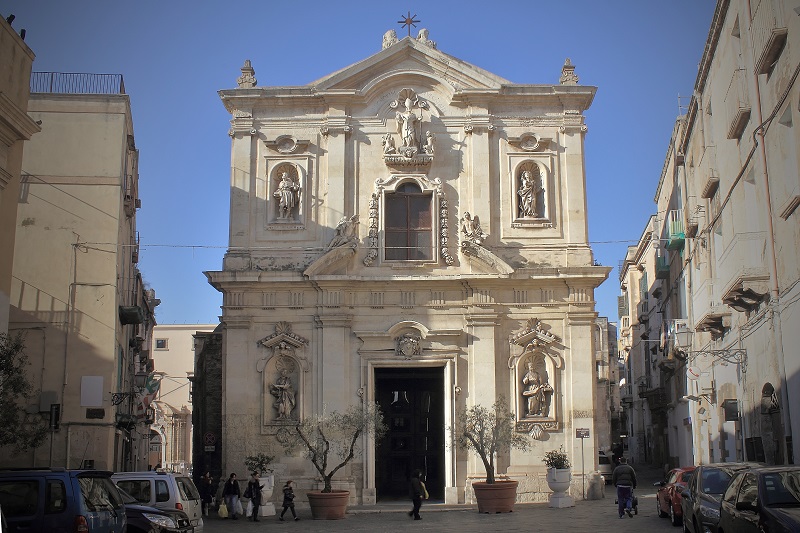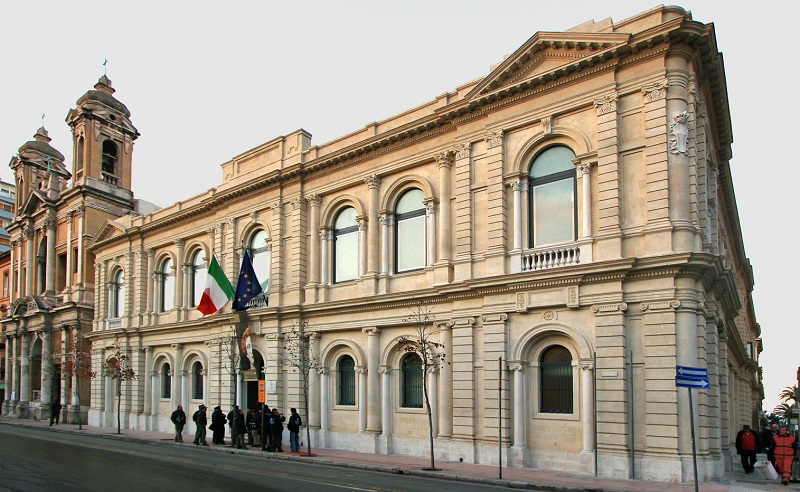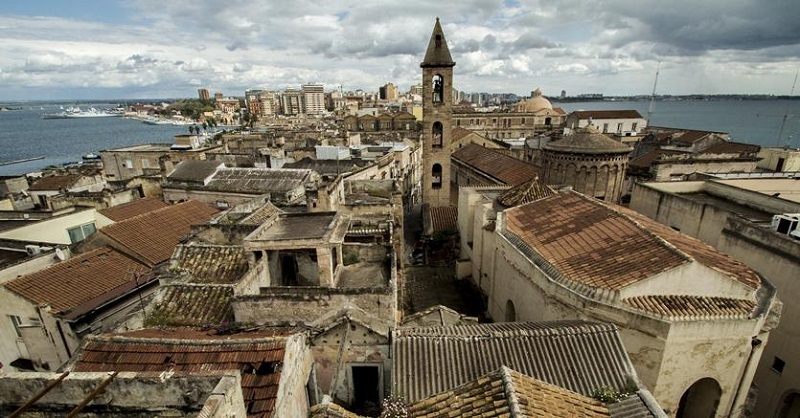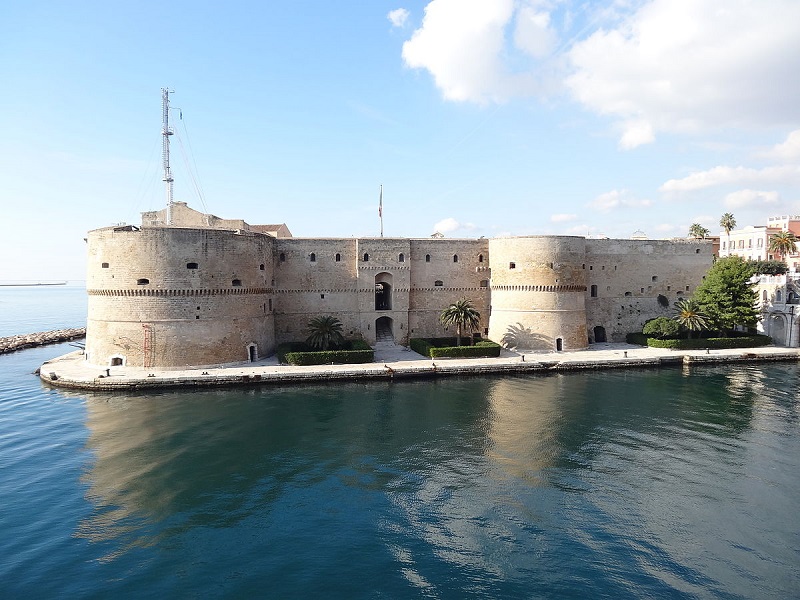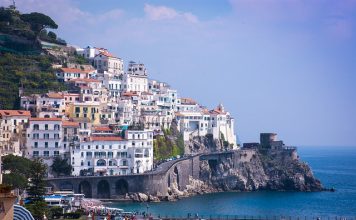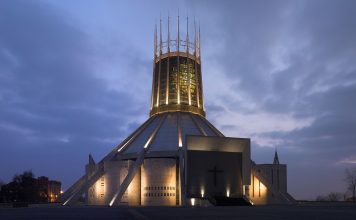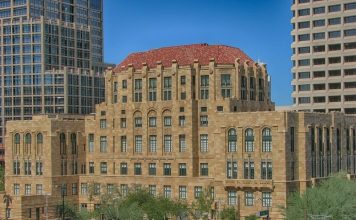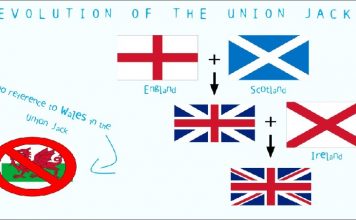Lungomare Vittorio Emanuele
Source: Link
Take a leisurely stroll in Taranto’s promenade by the sea. It is planted with oleanders and palm trees, making it an ideal place for some downtime during your holiday. It was named after the former Italian king Victor Emmanuel III, which is why it is locally known as lungomare. Click the next ARROW to see the next image!
Villa Peripato public gardens
Source: Link
Amidst exotic and luxurious vegetation is a magnificent view of Mare Piccolo, the inner harbor of Taranto’s port. It’s a treat to be in this beautiful garden. Click the next ARROW to see the next image!
Spartan Museum of Taranto – Hypogeum Bellacicco
Source: Link
This is where you will know everything there is to know about the Spartan rule in Taranto. It has 4 rooms with a depth of 4 meters under sea level, making the museum part of the Taranto Underground system. Click the next ARROW to see the next image!
Palazzo del Governo
Source: Link
This gigantic building that is hard to miss, what with its red-rustic color, faces the city’s promenade. It was inaugurated by Benito Mussolini in 1934 and is a prominent feature of Piazza Garibaldi. Not far from this building are sleek shopping streets that make up Taranto’s new town. Click the next ARROW to see the next image!
San Domenico Maggiore
Source: Link
One of the churches in the Old Town, the San Domenico Maggiore was founded in the 16th century and went through extensive alteration during the Baroque period. It’s hard to miss, what with its lovely rose window and ogive arch. Click the next ARROW to see the next image!
Cattedrale di San Cataldo (Duomo)
Source: Link
This Duomo that dates back to the 11th century is dedicated to the city’s patron saint Cataldo. It houses his relics that are well-preserved. It has amazing frescoes by Paolo de Matteis, a cupola with a Byzantine influence, and a baroque architecture. Definitely one of Taranto’s highlights. Click the next ARROW to see the next image!
Museo Archeologico Nazionale di Taranto
Source: Link
Or MARTA for short, the Museo Archeologico Nazionale di Taranto is one of the most remarkable archaeological museums in Puglia. It houses art of Taranto and its regions that date back from the prehistoric to the Roman times, but with focus at a time when the city was under Greek rule and was known as Taras. Click the next ARROW to see the next image!
Piazza Castello
Source: Link
One of its most notable features are the two surviving Doric columns of the 6th-century temple that was built in dedication to Poseidon. Walk around some more and you are sure to see other ruins of the Greek temple. Click the next ARROW to see the next image!
Città Vecchia
Source: Link
The Old Town or Città Vecchia is Taranto’s Acropolis. It was the hub of Greek rule and activity while they were in power. It is home to some of the most historical landmarks in the city, including the Aragonese Castle and a number of palazzi that date back between 17th and 18th centuries. Click the next ARROW to see the next image!
Aragonese Castle
Source: Link
A 15th-century castle built by King Ferdinand of Aragon, the Aragonese Castle replaced a pre-existing Byzantine fortress that dates back to the 9th century. It was designed by Italian painter and architect Francesco di Giorgio Martini. In the 18th century, it was converted into a prison but is now back to being a Naval headquarter.

